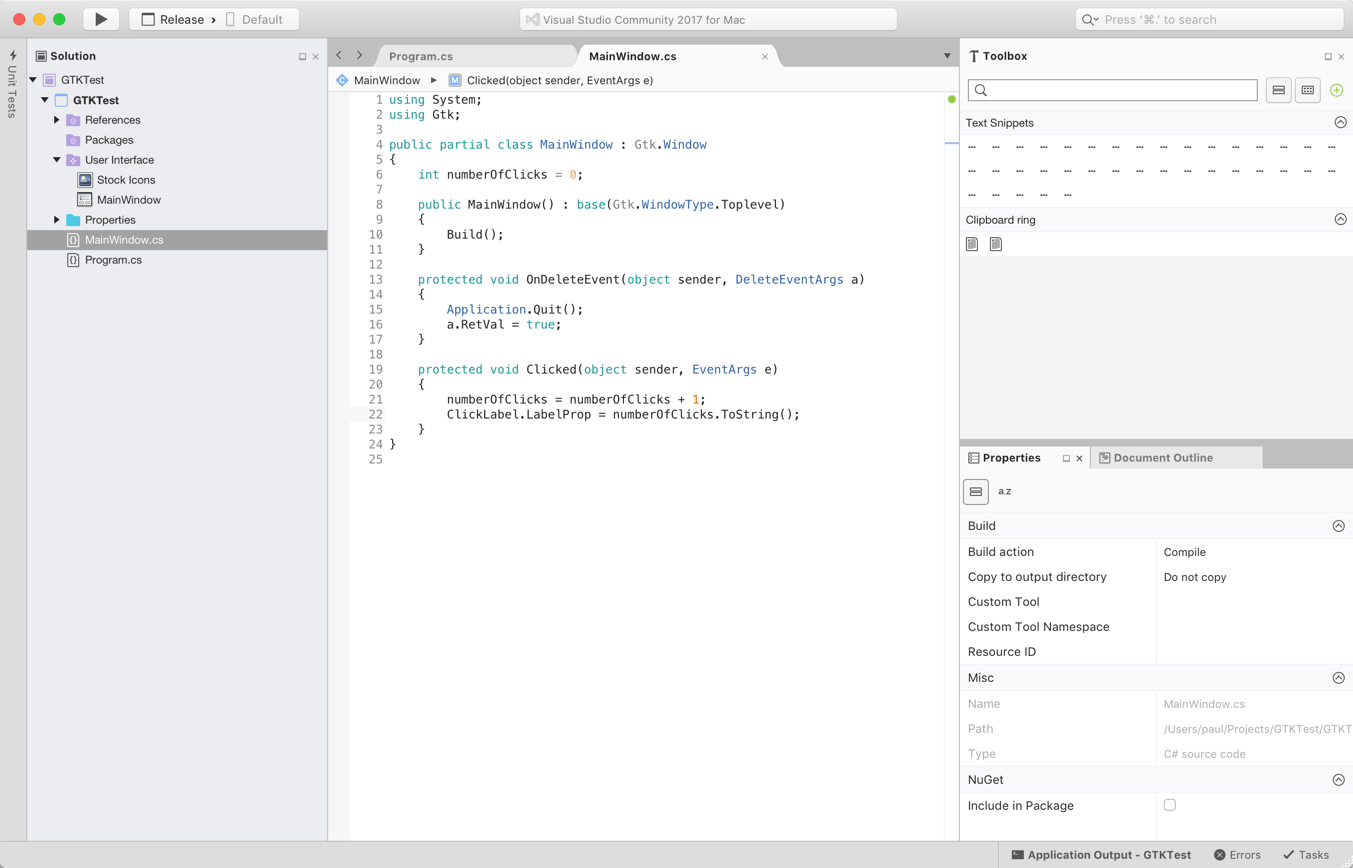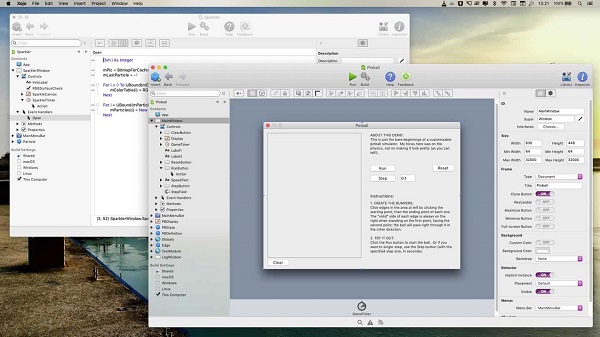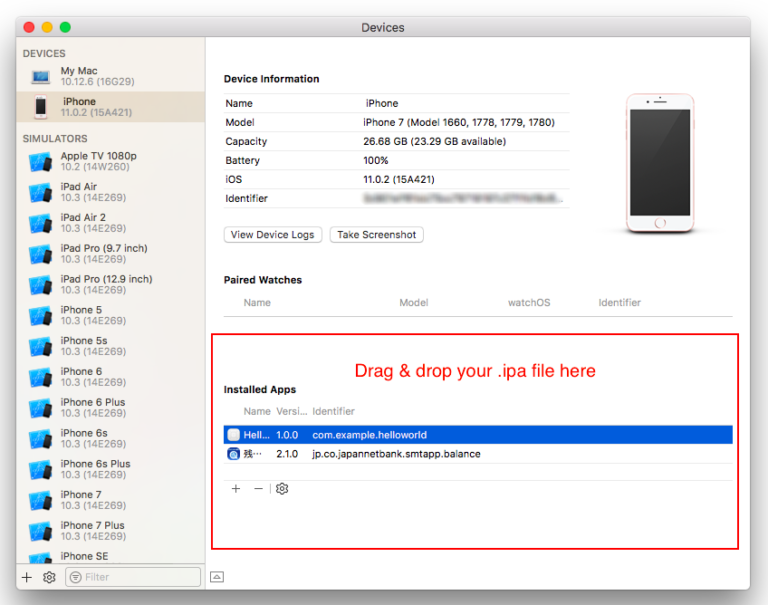

Refer to Encapsulation for more on scope.Įvents are a type of method that is called by some action (or event) that has occurred. To access the item, refer to it by its name.
#XOJO PROPERTIES CODE#

Items on a class, such as method or properties must have a scope defined. For example, one use of a shared method is for the Factory pattern.

Generally speaking, shared methods are an advanced feature that you only need in special cases. In many ways, a public shared method is equivalent to a protected module method. A shared method can be accessed from anywhere its scope allows. A shared method is like a "regular" method, except it belongs to the class, not an instance of the class. Shared Methods (also called class methods) are methods that belong to the class rather than an instance. Methods (Instance Methods) are methods that belong to a class instance. Learn more about Methods in the Methods topic. They usually perform some action, such as loading data or calculating values. Methods provide functionality for your classes. They are shared versions of computed properties. Shared Computed Properties work exactly like you expect. (For information about constructors and destructors, see the section Constructors and Destructors.) When you access it, it gives you the current number of instances of the class. Each time you create or destroy an instance of the class, you can increment the value of the shared property in its constructor and decrement it in its destructor. For example, if you are using an instance of a class to keep track of items (e.g., persons, merchandise, sales transactions, and so forth) you can use a shared property as a counter. Generally speaking, shared properties are an advanced feature that you only need in special cases. It is important to understand that if you change the value of a shared property, the change is available to every usage of the shared property. In many ways, a public shared property works like a protected module property. A shared property can be accessed from anywhere its scope allows. These are properties whose values are calculated rather than stored.Ī shared property (sometimes called a Class Property) is like a "regular" property, except it belongs to the class, not an instance of the class. You can also add computed properties to a class. Properties added in this manner are sometimes called Instance Properties because they can only be used with an instance of the class. When you leave the field, the type will be set in the Type field. To quickly create a property, you can enter both its name and type on one line in the Name field like this: PropertyName As DataType. You can set the property name, type, default value and scope using the Inspector.
#XOJO PROPERTIES WINDOWS#
To add a property to a class, use the Add button on the Code Editor toolbar, Insert ↠ Property from the menu, the contextual menu or the keyboard shortcut (Option-Command-P on macOS or Ctrl+Shift+P on Windows and Linux). Properties are variables that belong to an entire class instance rather than just a single method. Learn more about Properties and Computed properties in the Properties topic. This would allow you to selectively reject the current entry and restore the last entry. For example, you might want to create a subclass of the TextField control that stores the last value the user entered. You can add properties to a subclass to store values that its super class doesn’t store. You can add four types of properties to classes: properties, computed properties, shared properties and shared computed properties.

You use them as a way for class instances to store or calculate values. This topic covers properties, methods and events that you can add to classes.Ī Property is a trait that tells you something about an object.


 0 kommentar(er)
0 kommentar(er)
